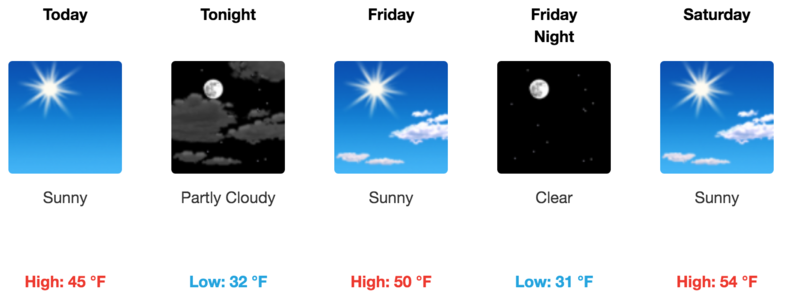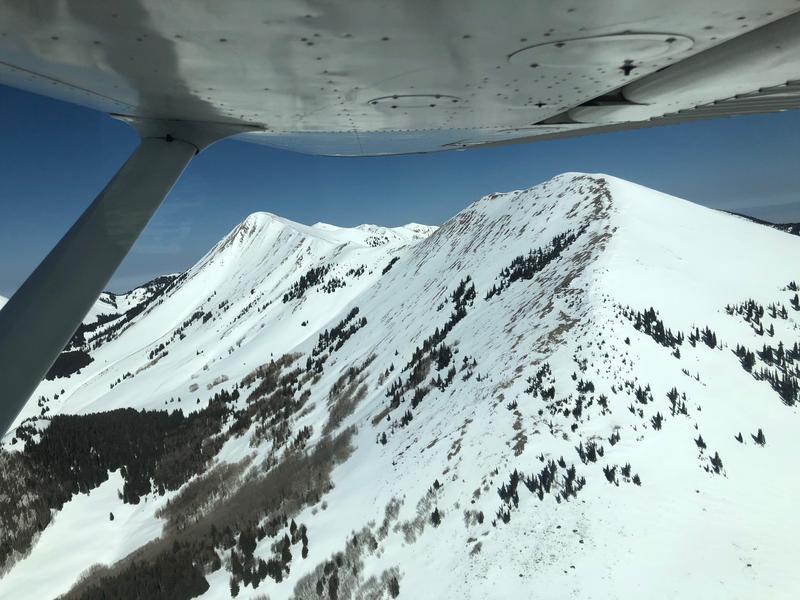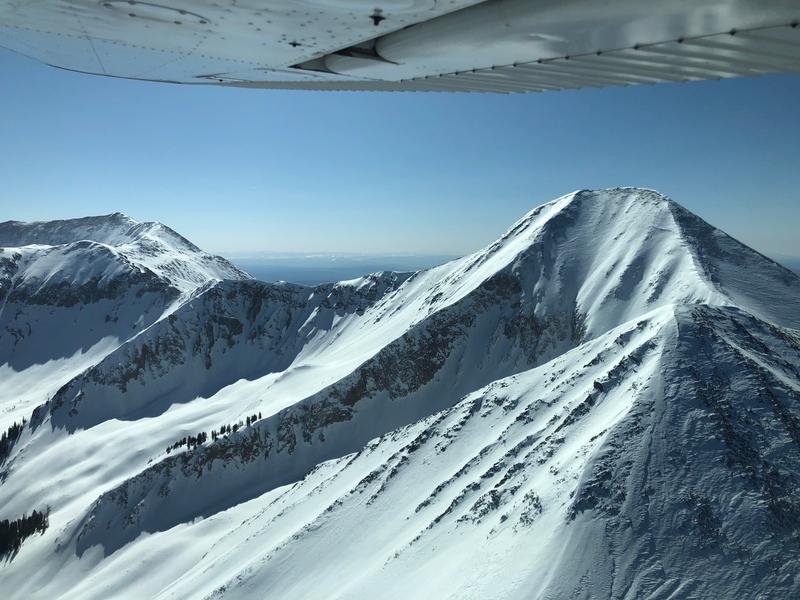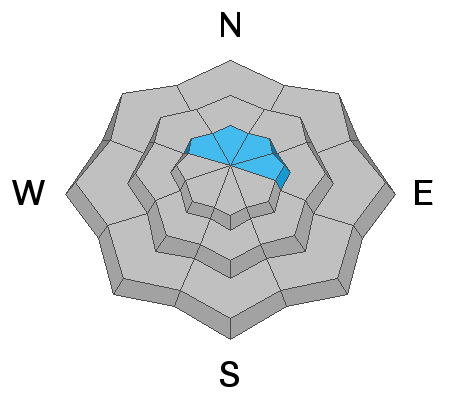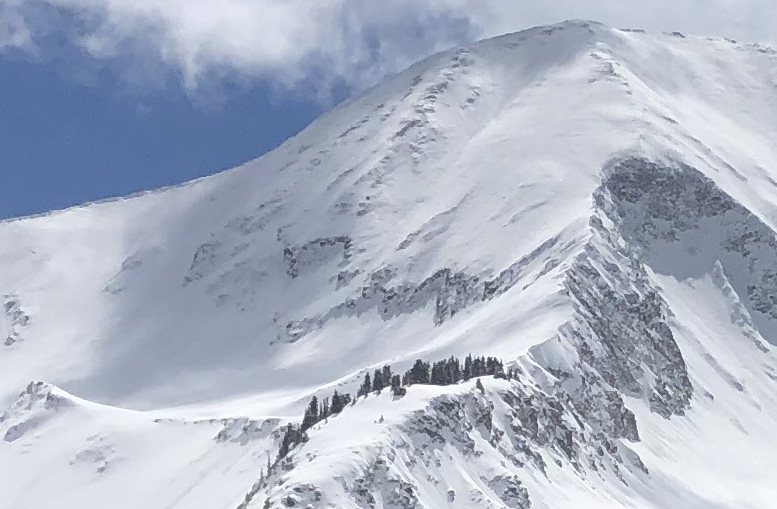Forecast for the Moab Area Mountains

Issued by Eric Trenbeath on
Thursday morning, April 1, 2021
Thursday morning, April 1, 2021
Most terrain has generally LOW danger. An isolated or MODERATE avalanche danger exists on very steep slopes above treeline that face NW-N-E where stiff slabs overlying weak, faceted snow can still be found. Shallow snowpack areas with steep convexities and rocky, more radical terrain are where you are most likely to trigger an avalanche.
As the day heats up be alert to signs of loose wet instability such as rollerballs, pinwheels, and sloppy wet snow on sun-exposed slopes. Stay off of and out from under steep slopes when these signs are present.
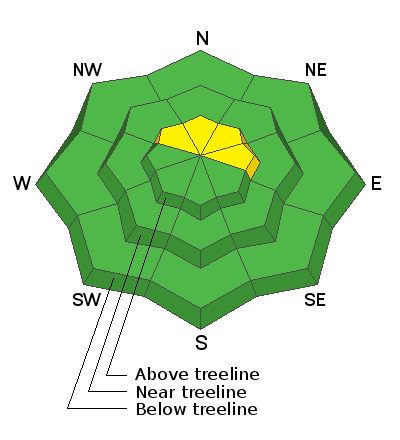
Low
Moderate
Considerable
High
Extreme
Learn how to read the forecast here


